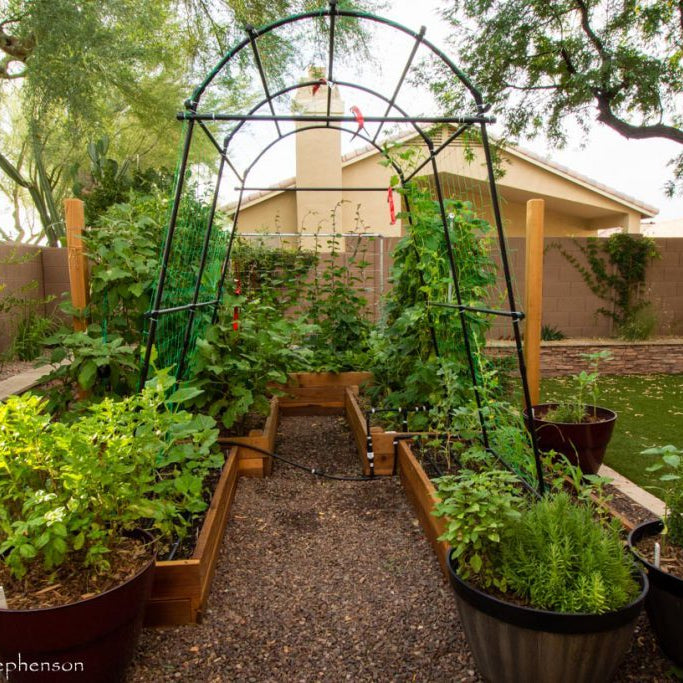
Available 24/7
Available 24/7

🌱 Have you ever thought about how much food you throw away each day, especially vegetable scraps? What if I told you that instead of tossing them in the trash, you could regrow them into full-grown plants? 🍅
Regrowing vegetables from scraps isn’t just a fun way to save money—it’s a sustainable and rewarding practice that can help you embrace a greener lifestyle. Whether you have a large garden or a small kitchen window, regrowing vegetables can be done anywhere.
So, let’s explore 14 vegetables that you can easily regrow from scraps and transform your kitchen waste into a thriving, sustainable garden! 🌿
Here are 14 vegetables and herbs that you can buy for once and regrow forever for free.
 When the garlic starts to sprout, the little green shoots are too bitter to cook with. Rather than throwing away sprouted cloves, you can put them in a glass with a little water and grow garlic sprouts.
When the garlic starts to sprout, the little green shoots are too bitter to cook with. Rather than throwing away sprouted cloves, you can put them in a glass with a little water and grow garlic sprouts.
The sprouts have a much milder flavor than garlic cloves and are great in salads, pasta and as a garnish.
 Buy Carrot Early Nantus - Desi Vegetable Seeds | View Details
Buy Carrot Early Nantus - Desi Vegetable Seeds | View Details
The ends of carrots you usually chop off and throw away will grow carrot greens if you put them in a dish with a little water. Set the dish in a well-lit windowsill and you’ll have carrot tops to use as a garnish or in salads
 Buy Thai Basil, Ocimum thyrsiflora - Plant | View Details
Buy Thai Basil, Ocimum thyrsiflora - Plant | View Details
Put a few basil clippings with 4-inch stems in a glass of water and place it in a spot with direct sunlight. When the roots are about 2 inches long, you can plant them in pots to grow a full basil plant.
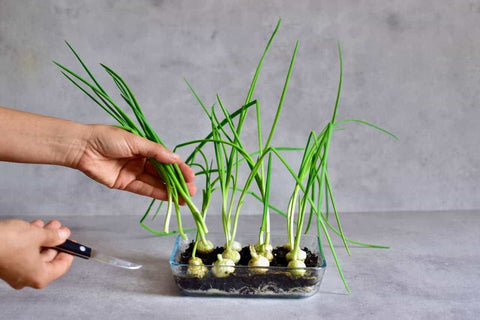 Buy Leek Bunching - Vegetable Seeds | View Details
Buy Leek Bunching - Vegetable Seeds | View Details
Leeks are awesome for soups, and it turns out they’re easy to keep around because they grow in water just as easily as green onions.
Just take the base of your leeks, cover them in water, and leave them in the window with some sun for a few days.
You should start seeing them sprout right away, and within a week or so you’ll be able to trim off parts to use in recipes.
If you have a stem from a head of romaine lettuce that’s still intact, place the stump in a bowl with about ½ inch of water and put it on a windowsill. You’ll start to see new leaves in about 2 weeks, and they’ll be full-grown in 3 to 4.

Just like romaine lettuce, bok choy can be regrown by placing the root end in water in a well-lit area. In a week or two, you can transplant it to a pot with soil and grow a full new head.
Green onions, also known as scallions, are among the easiest vegetables to regrow. 🧑🌾 Simply take the white root ends of your green onions and place them in a glass of water, leaving the tops exposed. 🌞
Within a few days, you’ll start noticing new growth sprouting! Keep the glass near a sunny windowsill, and in just a week or so, you’ll have fresh green onions to use in your dishes. 🌱

Like onions, ginger root can be planted in soil to regrow, but the process is a lot more lengthy. It can take a few months for it to sprout, and you should be able to harvest a fully grown bulb in 8 to 10 months.

Plant mushroom stalks in soil with some compost or used coffee grounds and keep them in a moist environment, preferably where it will be cool at night.
They can be tricky to grow, and within a few days, the stems will either start to sprout new heads or rot.

Taking potatoes from produce back to growing is a great way to keep more waste out of the garbage.
You can grow any variety of potato you like, it should just make sure the scrap has ‘eyes’ growing on it. With a potato that has a strong presence of eyes, you can chop it up into 2-inch square pieces.
Make sure each piece has 1 – 2 eyes. After you’ve cut your potato into pieces leave them out in room temperature for a couple of days.
Leaving the pieces out allows the cut surface area to dry out and become callous which will prevent the pieces from rotting in the ground.

Fennel has a strong enough taste that it’s pretty rare you’ll need more than just a small cutting from one.
If you’d like to keep one around all the time, it’s worth just regrowing one you have. Just take the bulb, put it in a cup, and fill it up with water so the bulb’s covered.
Stick that jar in the sun and within a few days, it’ll start sprouting up. Replace the water every couple of days and trim off a bit of fennel when you need it.

Start with a good sweet potato. If it’s sprouting, that’s a plus. Place it in a mason jar half-filled with water with room for the good sun.
Change the water periodically to avoid mold. Once the sweet potato sprouts (or keeps sprouting), wait for them to get four to five inches in length and then pull them off.
Place the sprouts in a separate jar of water until roots start popping about. From there, plant them in a pot with ten inches of soil and wait for the goods to come. Keep in mind, they don’t dig on cold weather and they take months to grow.
To regrow lemongrass, place the root ends in a glass of water, and leave it in a sunny spot. After about three weeks you should begin to see roots. Then you need to transfer them into a pot of soil.
 Propagating mint couldn’t be easier and it is the perfect activity for a beginner gardener because you will achieve fast results. Once your plant has grown you will have your own fresh supply that is free from plastic and pesticides.
Propagating mint couldn’t be easier and it is the perfect activity for a beginner gardener because you will achieve fast results. Once your plant has grown you will have your own fresh supply that is free from plastic and pesticides.
By putting a cutting in a glass of water instead of a pot of soil you can have fun watching the roots grow. You just need to be gentle when you plant your cutting to ensure that you don’t damage the roots.
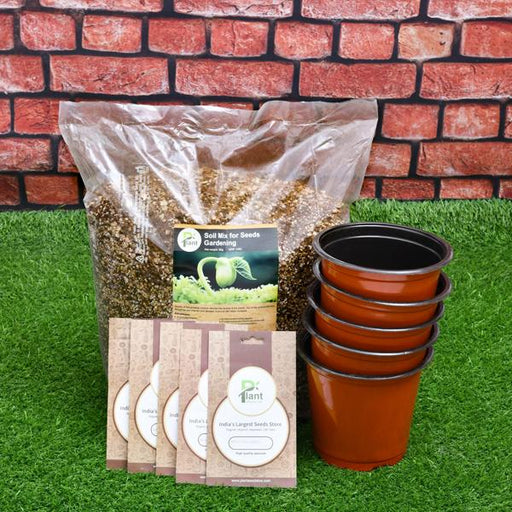
 Save 10%
Save 10%
5 Best Mix Vegetable Seeds (Desi) - Kitchen Garden Pack Transform your kitchen garden with our '5 Best Mix Vegetable Seeds (Desi) - Kitche...
View full details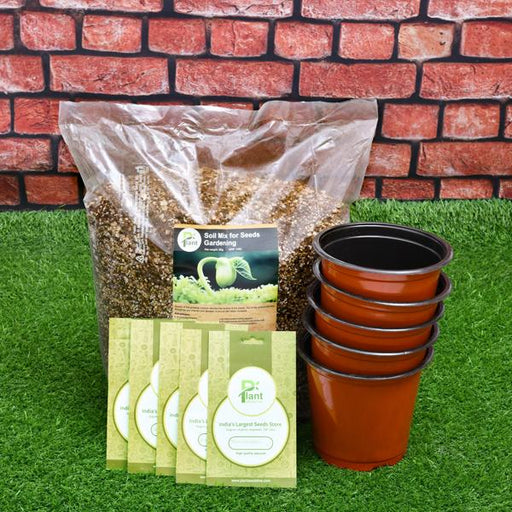
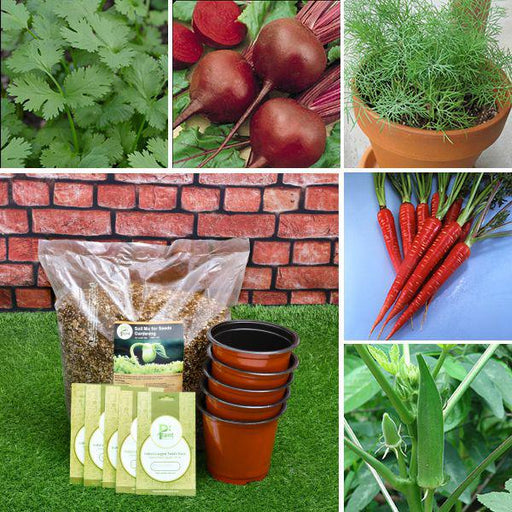 Sold out
Sold out
5 Easy To Grow Vegetable Seeds (Hybrid) - Kitchen Garden Pack Transform your kitchen into a green haven with our '5 Easy To Grow Vegetable...
View full details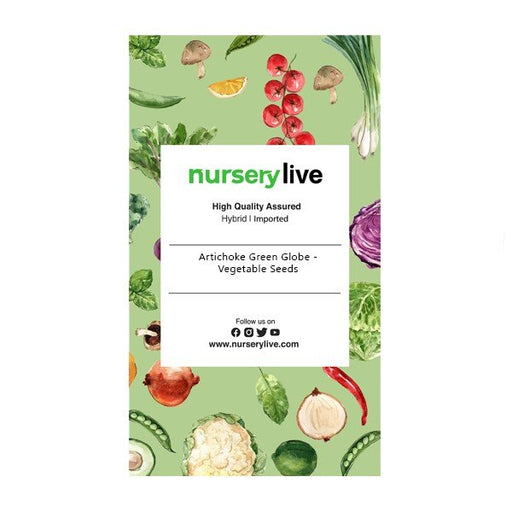
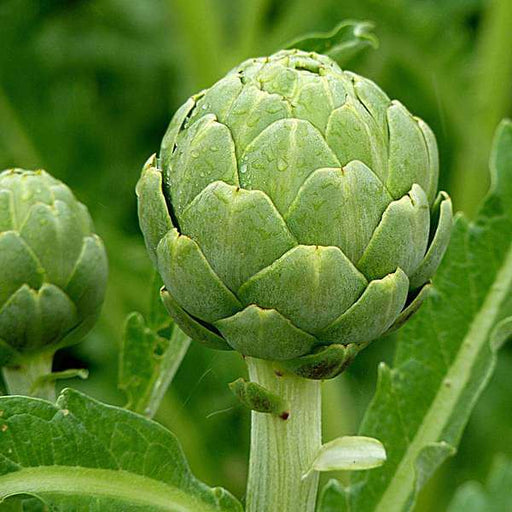 Save 25%
Save 25%
Artichoke Green Globe - Vegetable Seeds The Artichoke Green Globe is a perennial vegetable known for its stunning, globe-shaped buds and r...
View full details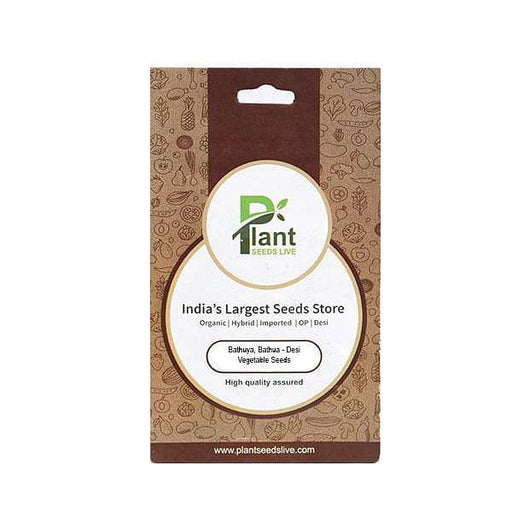
 Save 25%
Save 25%
Bathuya, Bathua - Desi Vegetable Seeds Discover the rich heritage of Indian agriculture with Bathuya, also known as Bathua or Chenopodium ...
View full details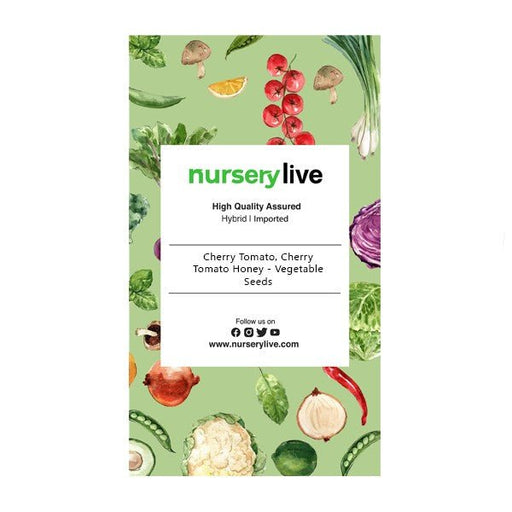
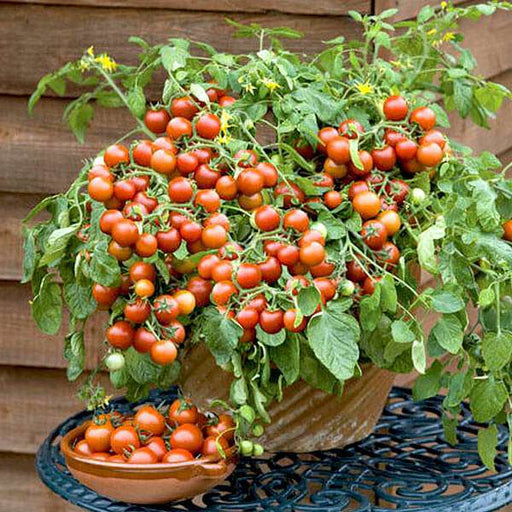 Save 25%
Save 25%
Cherry Tomato, Cherry Tomato Honey - Vegetable Seeds Discover the delightful world of Cherry Tomato Honey seeds, perfect for home gardener...
View full details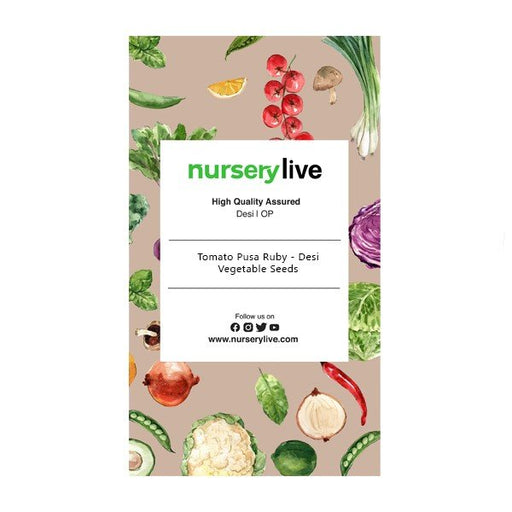
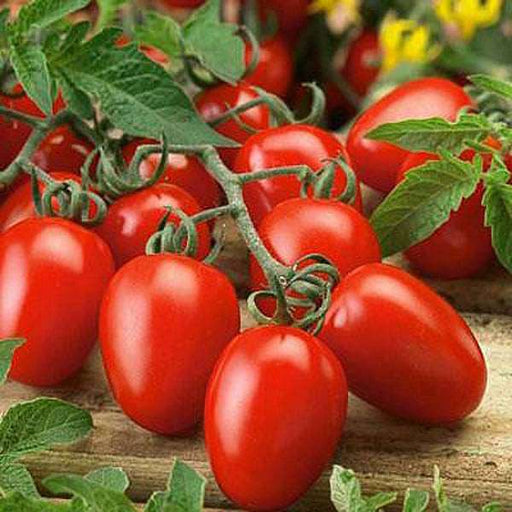 Save 25%
Save 25%
Tomato Pusa Ruby - Desi Vegetable Seeds The Tomato Pusa Ruby is a premium variety of tomato seeds, renowned for its vibrant red color, jui...
View full details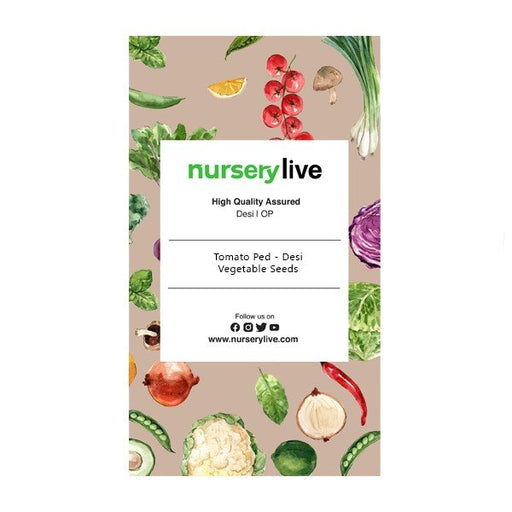
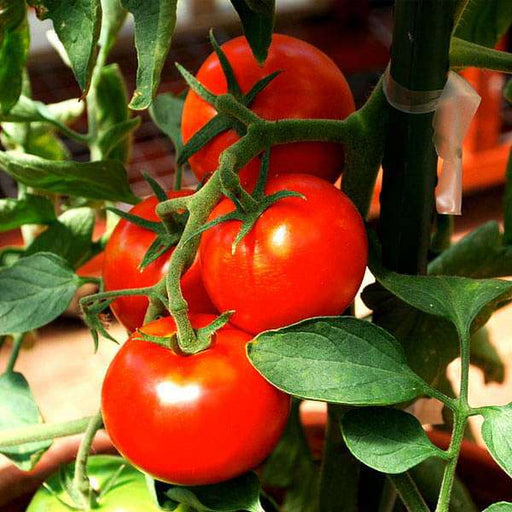 Save 25%
Save 25%
Tomato Ped - Desi Vegetable Seeds Introducing the Tomato Ped - Desi Vegetable Seeds, a premium selection of heirloom tomato seeds that pro...
View full details
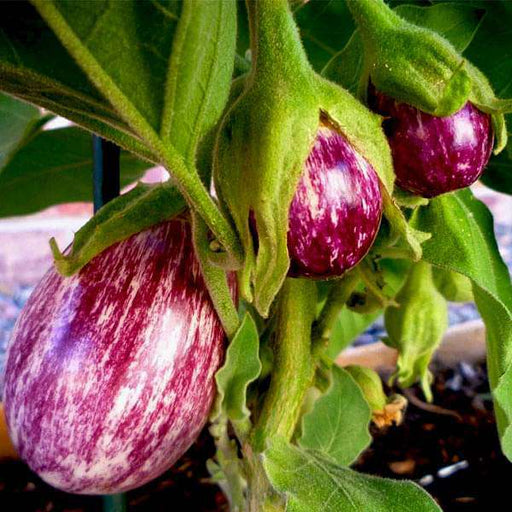 Save 25%
Save 25%
Brinjal Purple Round - Desi Vegetable Seeds Discover the rich flavors and vibrant colors of Brinjal Purple Round, a staple in Indian cuisi...
View full details
 Save up to 15%
Save up to 15%
Peace Lily, Spathiphyllum - Plant The Peace Lily, scientifically known as Spathiphyllum, is a stunning houseplant celebrated for its elegant white...
View full details
 Save 18%
Save 18%
Combo Constituents Includes the Parijat Tree (Night-Flowering Jasmine), a culturally significant plant with fragrant flowers. Description The Pari...
View full details
 Save 25%
Save 25%
Description Raat Ki Rani (*Cestrum nocturnum*), also known as Night Blooming Jasmine, is a fragrant shrub native to the Caribbean and Central Ameri...
View full details
 Save 25%
Save 25%
Jasminum sambac, Mogra, Arabian Jasmine - Plant Jasminum sambac, commonly known as Mogra or Arabian Jasmine, is a fragrant flowering plant...
View full details
 Save 17%
Save 17%
Rajnigandha, Tuberose - Plant The Rajnigandha, scientifically known as Polianthes tuberosa, is a captivating perennial plant renowned for ...
View full details
 Sold out
Sold out
Citronella, Odomas - Plant The Citronella plant, scientifically known as Cymbopogon nardus, is a tropical grass renowned for its aromatic ...
View full details Save 25%
Save 25%
Damascus Rose, Scented Rose (Any Color) - Plant The Damascus Rose, also known as Rosa damascena, is a timeless symbol of beauty and romanc...
View full details
 Save 35%
Save 35%
Best 6 Plants for Perfect Indoor Garden Transform your living space into a lush oasis with our curated collection of the Best 6 Plants for a...
View full details
 Save up to 50%
Save up to 50%
Mini Succulent Garden Pack Transform your space with our Mini Succulent Garden Pack, featuring a delightful collection of 4 any variety beautiful s...
View full details
 Save 30%
Save 30%
5 Best Fragrant Plants Transform your garden or indoor space into a fragrant paradise with our curated selection of the 5 Best Fragrant Plants. Th...
View full details
 Save 24%
Save 24%
Set of 2 Bonsai Looking Grafted Adeniums Transform your indoor or outdoor space with our exquisite Set of 2 Bonsai Looking Grafted Adenium...
View full details Save 45%
Save 45%
Top 4 Die Hard Succulents Pack Transform your indoor or outdoor space with our Top 4 Die Hard Succulents Pack, featuring a curated selecti...
View full details
 Save 30%
Save 30%
5 Best Indoor Plants Pack Transform your living space into a lush oasis with our '5 Best Indoor Plants Pack.' This carefully curated collection fe...
View full details
 Save 25%
Save 25%
Set of 4 Evergreen Air Purifier Plant Pack Transform your indoor space into a lush, green oasis with our Set of 4 Evergreen Air Purifier Pla...
View full details
Comments
Leave a comment